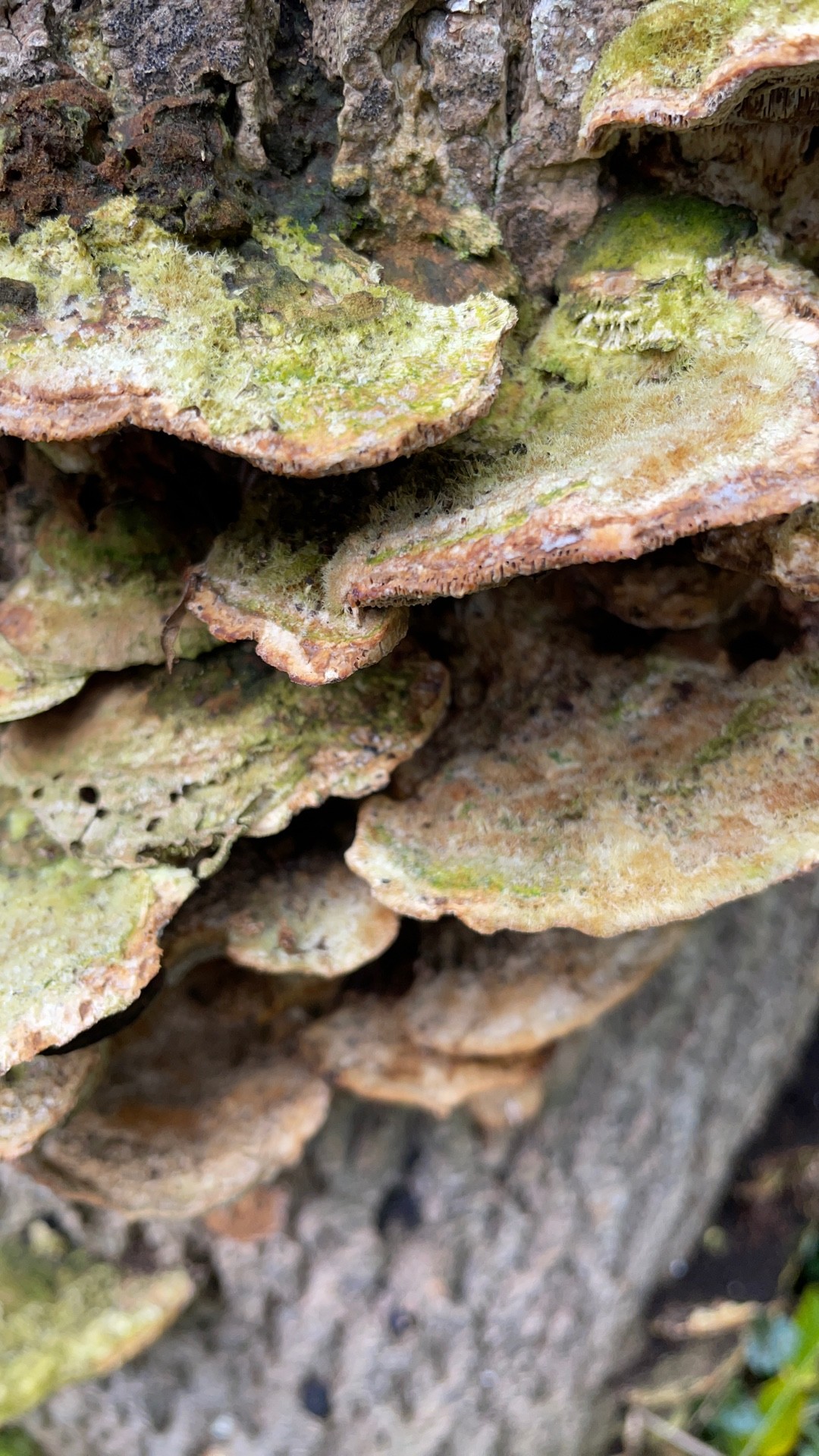Mycocaliciaceae
Scientific name: Mycocaliciaceae
Mycocaliciaceae
Scientific name: Mycocaliciaceae

Description
Unless you are an expert, you might assume that the fungi in the mycocaliciaceae family are not related at all, since they share few physical similarities. However, they are all alike because they have a mazaedium, a structure where they gather and spread spores to propagate.
Species of Mycocaliciaceae

